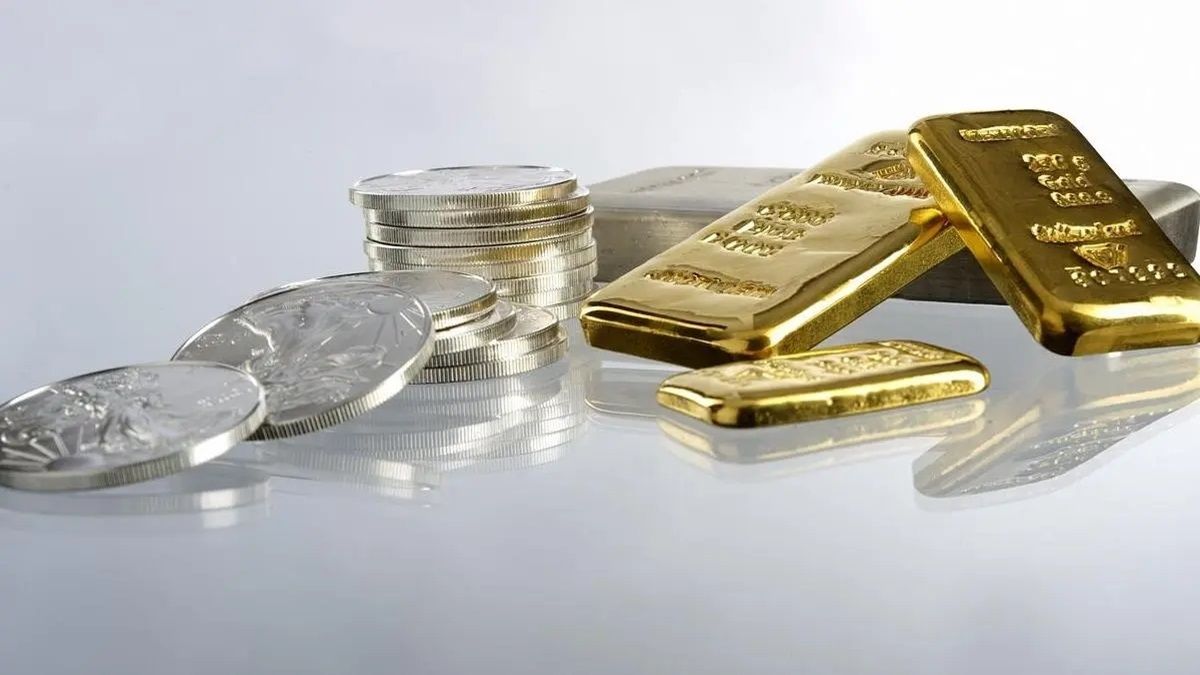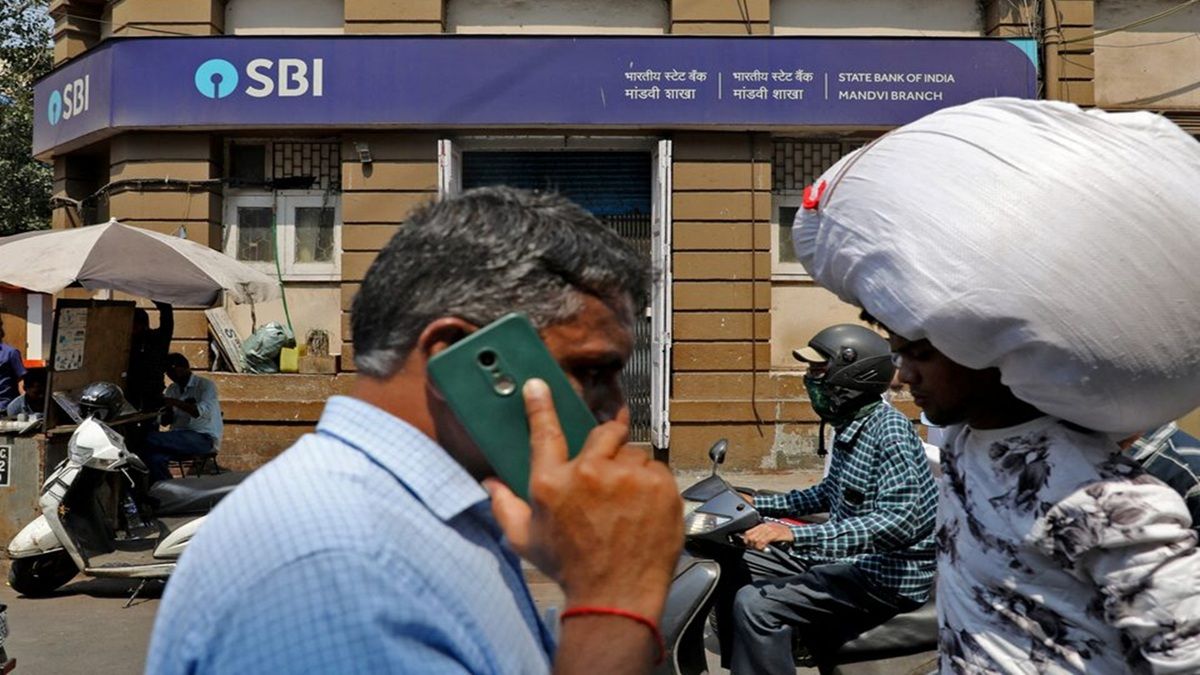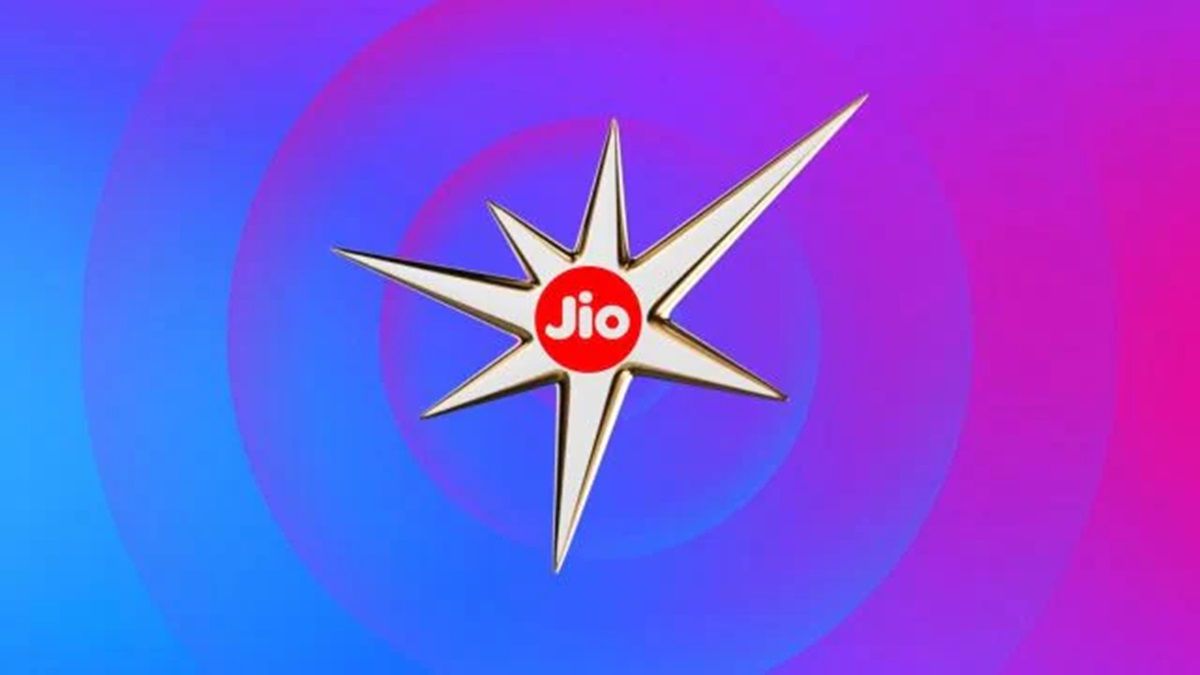By suhel khan
Return on invested capital is an important metric that investors should keep in mind when evaluating the performance of a company. Now, please do not confuse ROCE with development. Growth means a company’s ability to increase its revenue and income over time. It can be achieved in methods such as market expansion, new product launch and acquisition. While growth is seen as a positive sign, development can sometimes come at the cost of profitability. Even long term profits.
On the other hand, ROCE measures a company’s efficiency of earning profit from its invested capital. It is calculated by dividing the operational benefits by total employed capital. High ROCE shows that the company is effectively using its resources to generate returns for its shareholders.
Talking about ROCE, effective capital allocation is particularly important. While growth is expected, the market emphasizes the importance of sustainable growth. Without considering ROCE, chasing the development blindly can reduce the evaluation and hence the market price can also be reduced. The actual value creation lies in achieving the growth that is both skilled and durable.
Explain it in simple language, if a company spends Rs 100 as a capital expert, then it will determine the benefit that it will get from it. If he spends 100 rupees and earns 90 on it, ROCE will be 90%.
There are three companies here which can be called the “King of Capital Efficiency”, which you can consider adding to your monitoring list.
Ksolves India Ltd
Kesolves is a 360-degree software solution provider who in the industry (Apache Kafka, Apache Nifi, Apache Spark, Apache Cassandra), Data Science (Artificial Intelligence and Machine Learning), Cellsforce, Davops, Java and Microservic, Openshifs, Open, Open, OpenSifies, Paynettration Known for its expertise in testing etc.
With a market capitalization of Rs 1,114 crore, Celebs focuses on data science, Big Data, AI and ML as well as the onshore appearance of sales and customer management teams.
Its current ROCE is 199% which is more than any standard, especially if you compare it with its industry colleagues. In terms of ROCE, the closest to Ksolves is Tata Alexi with a current ROCE of about 43%.
The average of 10 years is also 144%.
This proves that the company is doing commendable work in terms of earning money for business as well as stakeholders.
The company sold Rs 108 crore in 12 months of FY 23-24. According to the latest investor presentation and exchange filing, the company has crossed the Rs 105 crore mark in the first 9 months of FY 25 (April to December 2024).
In the last 5 years, the sales of Celebs have increased from 82% to Rs 5 crore to Rs 108 crore. In the same period, the profit has increased at a compounded rate of 192%.
EBITDA (earning before interest, tax, depreciation and pre -refinement) has increased from 0 crore in FY19 to 47 crores in FY 24.
Its share price listed in August 2020 has increased from Rs 13 to the current price of Rs 931 (till 28 January 2025), which is a big jump of 7,061% in about 5 years.
The company’s stock is currently trading at a 29X PE while the industry average is 39x. The average PE of 10 years for the company is 33x and the average of the industry for the same period is 26x.
One advantage of high ROCE is that it allows companies such as KSOLves to spend the profit wisely on the regeneration and, or to create investors confidence by maintaining high dividend payments. The current dividend of the consolves is 2.07% and the company is maintaining a healthy dividend payment ratio of more than 67%. Many people may be surprised to know that any super investor of India or as we call them, India’s Warren Buffett has no share in this company. Nor of any domestic or foreign institutional investor.
Wari Renewables Technologies Ltd
After this, we have one of the largest integrated new energy companies with market capitalization of Rs 9,362 crore, which is a subsidiary of Wari Group and is leading the solar EPC business. Wari Group is a leading renewable energy company that meets the needs of individual, industrial and commercial customers.
With the current ROCE of 107% and a 10-year average of about 29%, Wari has secured its place in the list of kings of Capital Efficiency.
When it comes to market status, the company number 1 is an Indian module manufacturer and Tier 1 solar module manufacturer. It is no wonder that the company’s customers include Adani, Arcelor Mittal, Aditya Birla Group, Bharat Petroleum, Cello, Larsen & Tube, Mumbai Metro MMRDA, Mondelase International, NTPC, Reliance Industries Limited, MSL etc.
This market penetration has helped the company to increase its sales from Rs 5 crore to Rs 867 crore in FY14 in FY19. This is a compounded growth of 180% in 5 years.
There has also been a huge boom in profit as the company was not giving any profit till FY19, but by FY 24, the company made a profit of Rs 147 crore, which led to a compounded growth of 244% in 5 years.
In FY 19, from Rs 2 crore increased to Rs 199 crore in FY 24, which is CAGR of 145% And this surge in revenue and profit helped Wari’s stock look at the growth of Rs 3.5 to 25,557% in January 2020, which is the current price of Rs 898 (till 28 January 2025). The stock of Wari is currently trading on a 50x PE, which is equivalent to the current industry average. Although the average of 10 years PE is 67x while the industry average is 58x for the same period. Once again, India’s Warren Buffett, domestic or foreign institutional investors have no share in this company.
Add to the Wrachalist?
We saw the two emperors of Capital Ephesions today, if you look at the numbers, then everything is in their favor. When it comes to taking maximum advantage of their capital, they do wonders. Apart from this, if you add dividend payment, then it proves that they are ready to share money.
Now, in view of increasing capital expenditure and development schemes as well as these companies invested, in view of the ability to earn maximum profit from every rupee, it is a much more intelligent step to keep a very close watch on these shares.
With high profits, these companies can give back to the investor as a dividend. Also, the need to borrow money is reduced considerably, in some cases it becomes zero.
And looking at the current recession of the market, who knows, maybe someone can buy them at good discounts.
Disclaimer
Note: We have relied on data from www.screner.in throughout this article. Only in cases where the data was not available, have used an alternate, but widely used and accepted source of information.
The purpose of this article is only to share interesting charts, data points and thought-provoking opinions. It is not a recommendation. If you want to consider an investment, you are strongly advised to consult your advisor. This article is strictly for educative purposes only.
Suhel khan has been a passionate follower of the markets for over a decade. DURING this period, he was an integral part of a Leading Equity Research Organization based in Mumbai as the head of sales & marketing. Presently, He is Spending Most of His Time Discharge The Investments and Strategies of the Super Investors of India.
Disclosure: The Writer and His Dependents do not hold the stocks discussed in this article. The website manners, its employee (s), and contributors, writers of articles have or may have an outstanding boy or sell positions in the seconds, options on Ments of Issuers and, or Companies Discussed Therein. The content of the articles and the interpretation of data are solely the personal views of the contributors, writers, autums. Investors must make their own investment decisions based on their specific objectives, resources and only after consulting such independent advisors as may be healthy.











